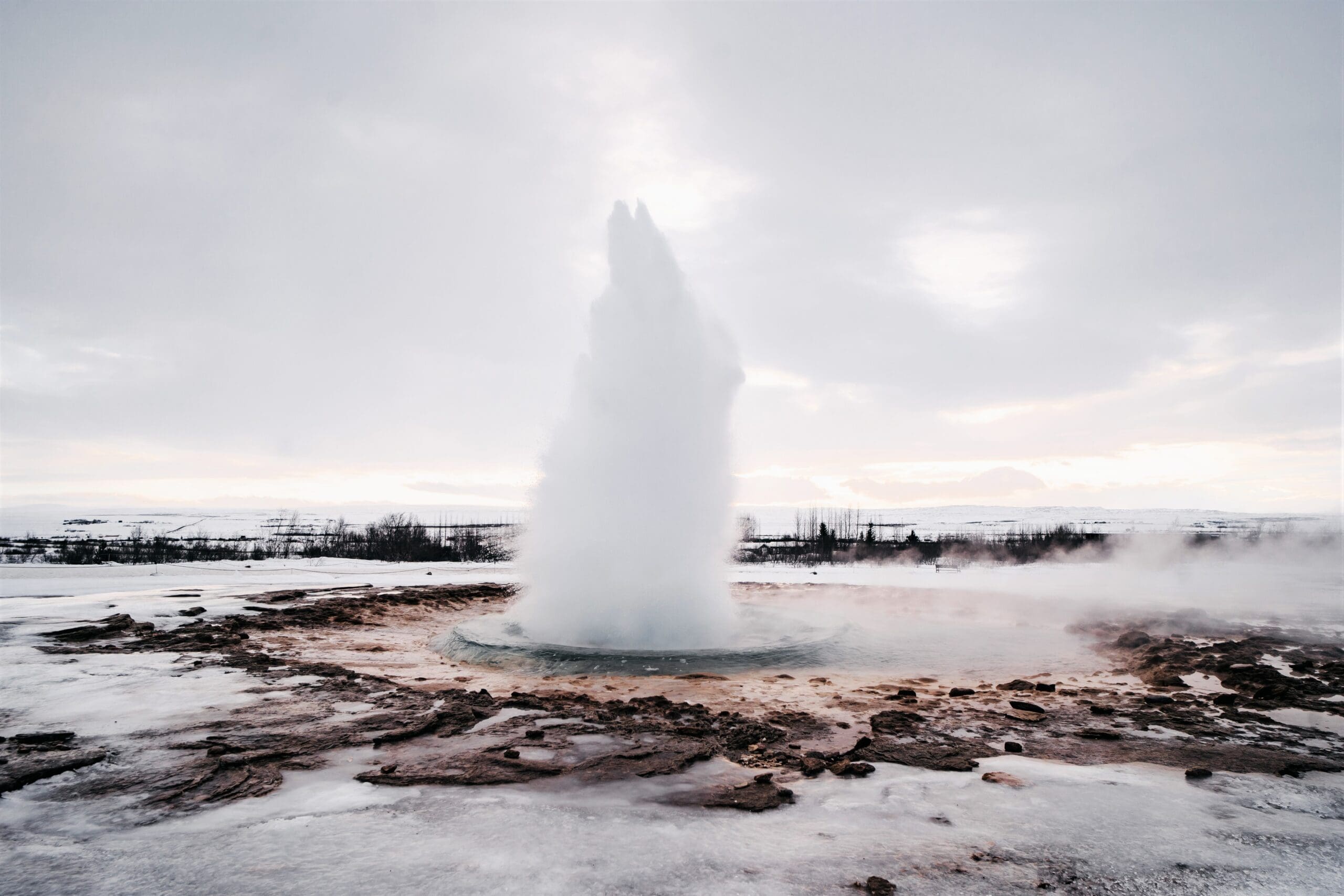
Geysers Facts for Kids – 5 Glowing Facts about Geysers
Table of Contents
Have you ever wondered about what is a geyser? Here are five glowing geysers facts for kids.
Geysers Facts for Kids Fact Number 1: What Are Geysers?
A geyser is a type of hot spring that periodically erupts, throwing hot water and steam into the air. These eruptions can happen a few times a day, or even just a few times a year. They can be small or large, lasting for a few seconds or several minutes.

Geysers Facts for Kids Fact Number 2: Where Can We Find Geysers?
Geysers are found in volcanic areas, such as in the geyser basins of Yellowstone National Park in the United States, or in geothermal fields like the one in Iceland. They are caused by underground hot water and steam, which have been heated by molten magma or hot rocks close to the surface.

Geysers Facts for Kids Fact Number 3: Where Can We Find The Most Famous Geyser in The World?
The most famous geyser in the world is Old Faithful in Yellowstone National Park, USA. It is so named because it erupts on a regular schedule, usually every 35 to 120 minutes, and can reach heights of up to 185 feet (56 meters).
Geysers Facts for Kids Fact Number 4: Springs and Geysers
Not all hot springs are geysers, only a small number of hot springs have the ability to erupt. The ability of a hot spring to erupt is dependent on the specific geological conditions of that location, such as the availability of underground water, the permeability of the rock, and the pressure of the steam.

Geysers Facts for Kids Fact Number 5: How Is a Geyser Formed?
Geysers are a unique and interesting feature of our planet, they are formed by a combination of heat and pressure from the Earth’s interior and the movement of water from underground reservoirs. They are also a reminder of the ongoing geological activity on our planet and the dynamic processes that shape our world.


Leave a Reply